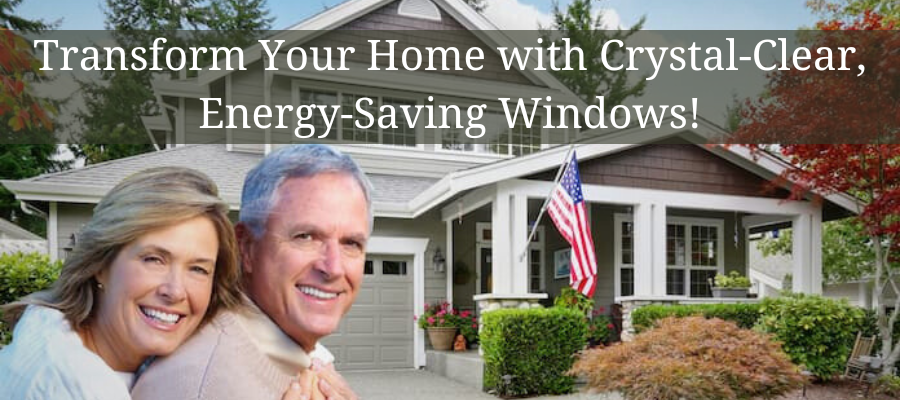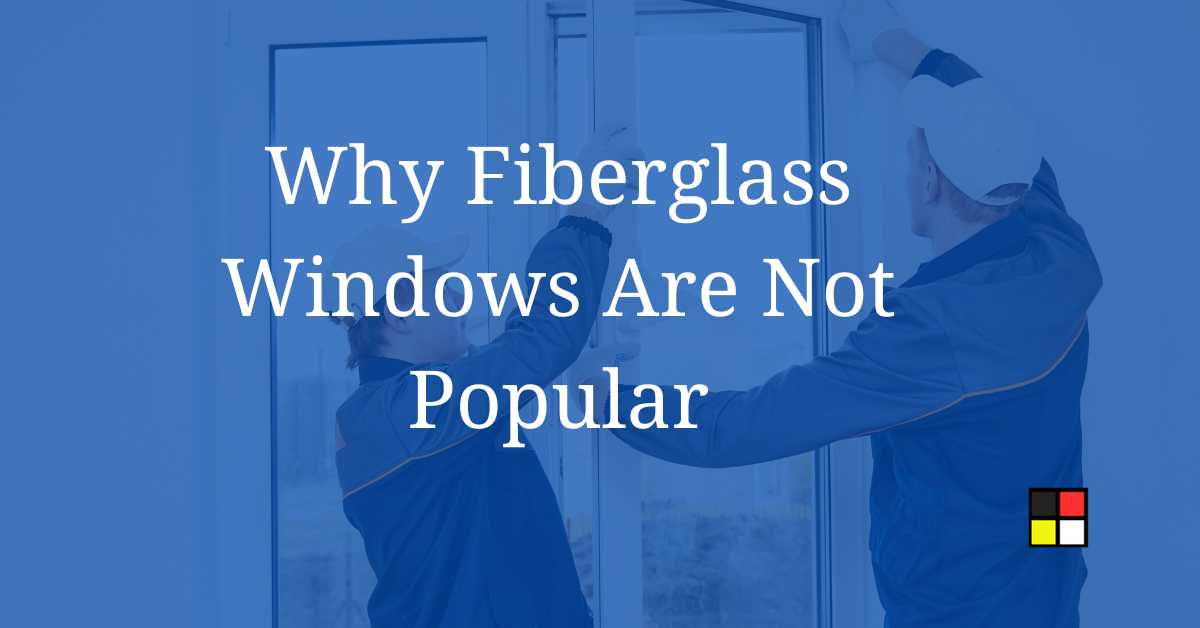Despite the strength and energy efficiency that fiberglass windows offer, they experience lower popularity amongst homeowners when compared to other materials like vinyl or wood.
This reluctance often stems from several practical setbacks that affect consumer choice. Fiberglass windows are identified for their durability, potentially enhancing insulation and reducing energy costs.
However, significant factors such as cost, maintenance, and variety come into play, influencing their overall market appeal.
A multitude of market and material factors contribute to the perception and adoption of fiberglass windows. They are produced through a labor-intensive process which often leads to higher prices, a factor that can act as a deterrent for many.
Furthermore, while fiberglass may be strong and dimensionally stable, it has limited color and finish options which may lead to discoloration over time.
Homeowners also consider the ease of installation and the long-term maintenance which, for fiberglass windows, can be more demanding than alternative materials.
Key Takeaways
- Fiberglass windows are known for their energy efficiency but have higher initial costs.
- The variety and aesthetic options of fiberglass windows are more limited.
- Installation and long-term maintenance for fiberglass can be more challenging.
Material Characteristics
When evaluating fiberglass windows, you should be aware of their distinct material characteristics which influence their market popularity. Here’s how these characteristics measure up in terms of thermal performance, durability, and aesthetics.
Thermal Performance
Fiberglass windows offer high energy efficiency due to their low thermal conductivity. This means they are excellent at keeping heat in during winter and out during summer, which can lead to cost savings on your energy bills. Despite their superior energy performance, the higher upfront costs often deter potential buyers.
Durability
The long life span of fiberglass frames is a key advantage. They are resistant to warping, rotting, and corrosion, which are common problems in other materials. The robustness of fiberglass windows ensures they remain stable across varying temperatures without expanding or contracting, contributing to their durability.
Aesthetics
While fiberglass windows are structurally sound, they might fall short of design versatility. Your color and finish options are often more limited, which can impact the overall look of your home. Additionally, there is a possibility of discoloration over time, which is another consideration in terms of aesthetics.
Market Factors
When exploring the market factors influencing the popularity of fiberglass windows, two major aspects to consider are consumer awareness and availability.
Consumer Awareness
Your knowledge of fiberglass windows may be limited, a reality reflective of broader market trends. Fiberglass windows have not achieved the same level of widespread recognition as their vinyl or wood counterparts, partly due to their relatively new presence in the market. The benefits of fiberglass, including superior energy efficiency and durability, are growing in recognition, but historically, lack of consumer knowledge has hampered their market performance.
Availability
The availability of fiberglass windows might not match that of other materials. While vinyl windows have been around for decades with a well-established distribution network, fiberglass options are fewer, and they often come at a higher cost due to their labor-intensive manufacturing process.
This can influence the popularity of fiberglass windows, as you may find them less readily available at your local home improvement stores or through contractors.
Financial Considerations
When you consider installing fiberglass windows, it’s important to assess the financial implications. This includes the upfront costs, ongoing maintenance expenses, and the impact on your home’s resale value.
Initial Cost
Fiberglass windows generally demand a higher initial investment compared to other materials like vinyl. This is due to the complex manufacturing process and the materials used. Industry data suggests you might spend between $8,700 and $11,000 to install 10 standard-size fiberglass windows.
Maintenance Costs
Although fiberglass windows are designed to be durable and long-lasting, they may still incur some maintenance costs. Issues like frame damage and potential discoloration could require attention over time, which adds to the overall costs of having fiberglass windows.
Resale Value Potential
Investing in fiberglass windows could potentially improve your home’s resale value due to their energy efficiency and longevity. However, since they are not as popular as other window types, it might not contribute as significantly to the resale value as you might expect, especially considering the higher cost of installation.
Installation Challenges
When considering fiberglass windows, you should be aware of the complexity of installation which often requires specific expertise and can present compatibility issues with existing structures.
Specialized Labor
Your installation of fiberglass windows likely necessitates specialized labor. Due to their construction, fiberglass windows are rigid and can be tricky to align properly without specific skills.
This makes the installation process less straightforward than other types, such as vinyl, which can typically be installed by general contractors.
Compatibility with Existing Structures
Fiberglass windows may not always fit seamlessly with your existing window openings. Their rigid nature means there’s less room for error; poor alignment can lead to functionality issues or aesthetic discrepancies.
When replacing old windows with fiberglass ones, exact measurements and sometimes structural adaptations are crucial to ensure a proper fit.
Environmental Impact
When assessing the environmental impact of fiberglass windows, your main considerations should involve sustainability and energy efficiency. These aspects are crucial in understanding why fiberglass windows may not be as prevalent despite their environmental merits.
Sustainability
Fiberglass windows are often praised for their sustainability. These windows are constructed from materials such as glass fibers and resin, which are predominantly sourced from recycled content.
The production of fiberglass windows generally consumes less energy than other window types, benefiting from the materials’ sourcing process. However, the higher upfront cost and the perception of limited design options might deter some users despite the long-term sustainability benefits.
Energy Efficiency
Your fiberglass windows typically provide exceptional energy efficiency. They have a low thermal conductivity, which means they act as a strong insulator against heat loss. This insulation capacity can significantly reduce your heating and cooling costs.
Despite such efficiency advantages, upfront costs and market availability impact their popularity among cost-conscious consumers and those with aesthetic preferences that fiberglass windows can’t always meet.
Frequently Asked Questions
In this section, you’ll find concise answers regarding the drawbacks and considerations of fiberglass windows, directly addressing common concerns and comparisons with other materials.
What are the disadvantages of fiberglass windows compared to other materials?
Fiberglass windows often come at a higher cost and may offer fewer design options than their vinyl or wood counterparts. They can also be more prone to discoloration and might require a more involved manufacturing process.
Is there a concern about toxicity with fiberglass window materials?
When installing or removing fiberglass windows, the fine fibers can be a concern if not handled properly. It’s important to have protective measures in place to minimize any potential exposure during installation or renovation.
How do the costs of fiberglass windows compare with those of wood or vinyl?
Generally, you will find that fiberglass windows are more expensive than vinyl and may have a price point similar to or higher than wood windows, depending on various factors such as brand and energy efficiency features.
What is the typical life expectancy of fiberglass windows?
Fiberglass windows are designed for durability and can last longer than vinyl when properly maintained, with an expectancy that can surpass 50 years under ideal conditions. This lifespan is contingent upon the quality of the installation and regular maintenance.
How do fiberglass windows perform in different climates such as California?
In varying climates, especially in areas with a mix of hot and cool periods like California, fiberglass windows are valued for their low expansion and contraction rates, which can lead to better energy efficiency and durability regardless of temperature swings.
Are consumers justified in spending more on fiberglass windows in terms of value and performance?
When weighing the higher upfront cost, your investment in fiberglass windows can be justified by their long-term benefits, such as improved energy efficiency, strength, and durability. The value ultimately depends on your personal preferences and the specific requirements of your home.






